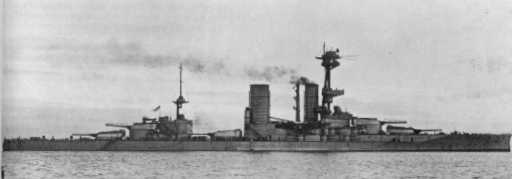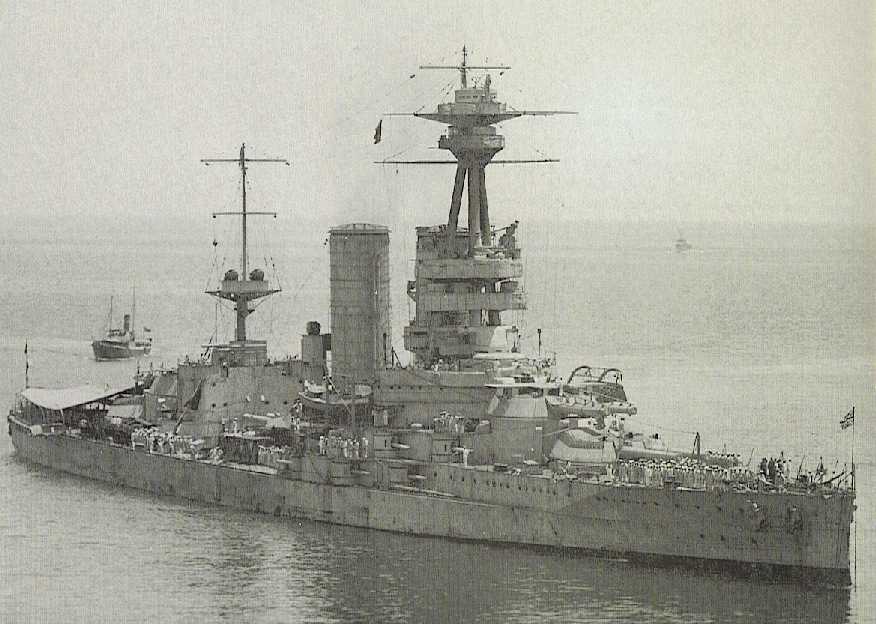|
The Mark I was an Elswick design of wire-wound construction with a three-motion short-arm breech mechanism. Fourteen guns were produced with the four reserve guns, which were never used, differing in having a sharper taper on the inner A tube. Ten additional guns were ordered for Almirante Cochrane and three of these were completed with railway mountings but never used in France. The railway guns had the forward slope of their chambers reduced from 1 in 8 to 1 in 15 in order to prevent the shell from slipping back at high elevations. The Mark III was the designation given to two guns built by Elswick and intended for the Japanese battleship Yamashiro but not delivered. These guns were altered to give a performance identical to the Mark I. The main constructional differences were that they were about 1.5 tons (1.6 mt) lighter than the Mark I guns, had Vickers breech mechanisms, the inner A tube had forward shoulders with cannelured rings - to reduce "steel choke" - and were not tapered. These guns were used on railway mountings in France. The muzzle velocity and shell weight of the 14" (35.6 cm) Mark I did not differ appreciatively from that of the 14" (35.6 cm) Mark VII carried by the King George V class battleships of World War II. If anything, the older guns had slightly better performance considering that they fired shells of poorer aerodynamic qualities than did the newer guns (4crh vs. 6crh). The data that follows is specifically for the Mark I guns used on HMS Canada although the Mark III should have had similar performance. |

HMS Canada
|

HMS Canada
|